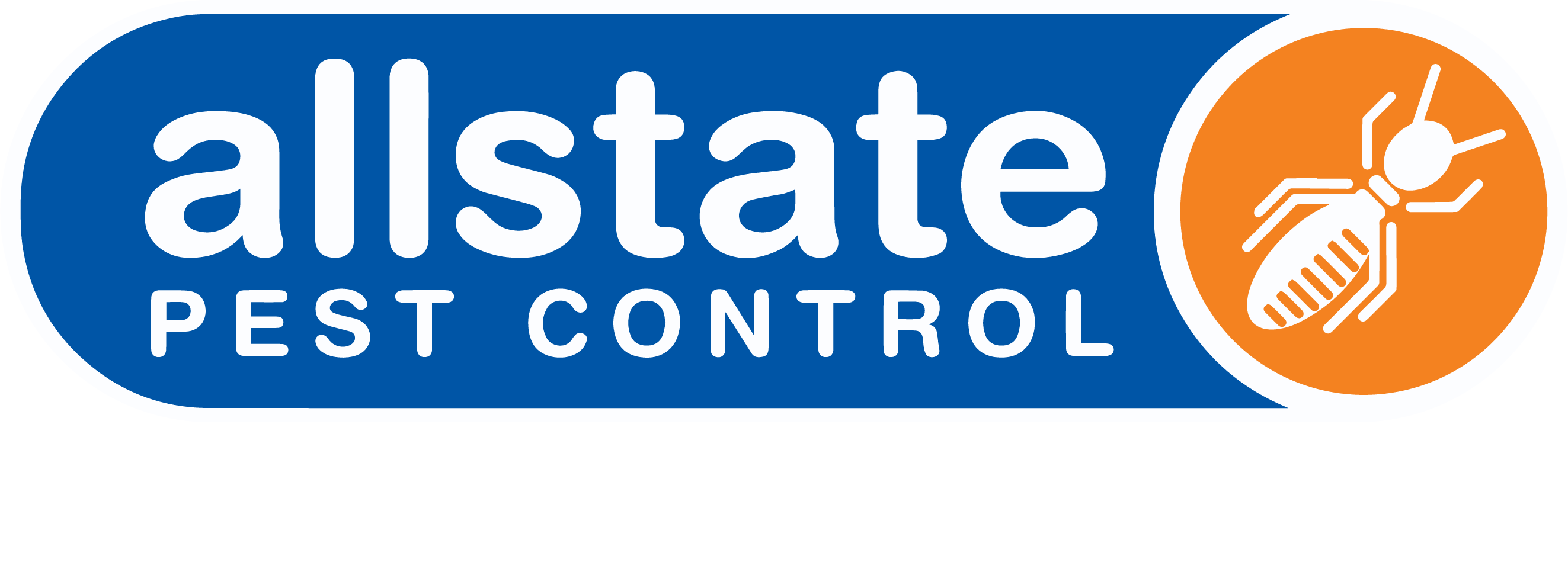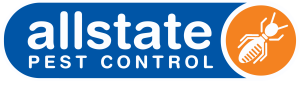by SerumTD-019 | Aug 30, 2022
Coleoptile: A coleoptile is a structure that protects the growing tip of a grass plant. It is composed of tightly rolled leaves that enclose the shoot apex and emerging leaves. The coleoptile helps protect the young plant from damage by wind, rain, and grazing animals.
by SerumTD-019 | Aug 30, 2022
Collar region:The collar region is the area of the plant where the stem meets the leaves. This area is important for plant growth and development as it is where the plant takes in nutrients and water from the soil. The collar region is also where new leaves and flowers emerge.
by SerumTD-019 | Aug 30, 2022
Collecting Pad or Tray:A collecting pad or tray is a device used to collect water from a plant. It is placed under the plant’s pot or container and collects water that drips from the pot. Collecting pads or trays can be made from a variety of materials, such as plastic, metal, or ceramic.
by SerumTD-019 | Aug 30, 2022
Common Name:A common name is a name that is given to a plant or animal that is not its scientific name. Common names are usually easier to remember than scientific names, and they are often used when talking about plants and animals in everyday conversation. For example, the common name for the plant known scientifically as Rosa rubiginosa is sweet briar rose.
by SerumTD-019 | Aug 30, 2022
Community Water System (CWS):A community water system (CWS) is a public water system that serves at least 15 service connections or serves an average of at least 25 people per day for at least 60 days out of the year. Community water systems are regulated by the U.S. Environmental Protection Agency (EPA).



